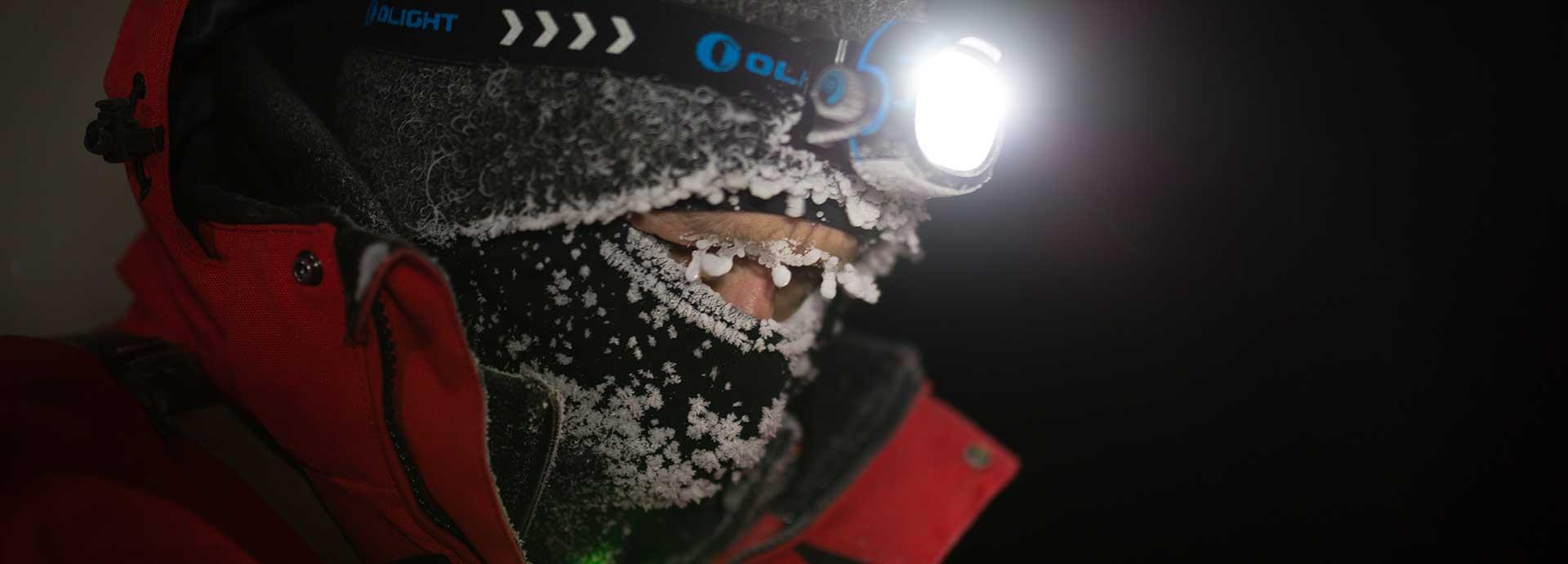

The MOSAiC expedition aims to take an in-depth look at how climate change is affecting the Arctic environment. Twentyfour7. caught up with Jari Haapala, a researcher and professor from the Finnish Meteorological Institute, to talk about his time aboard the research vessel Polarstern, which was retrofitted for the journey by Wärtsilä.
1. Why is the MOSAiC expedition so significant?
These are interesting times we live in. Our climate is getting warmer and sea ice keeps vanishing. Yet, our understanding of the Arctic system is based on measurements conducted in
the past when the Arctic Ocean was covered by much thicker and older ice. The MOSAiC campaign aims to rectify that, by extensively testing physical, chemical, and biological variables in the atmosphere, the ocean, and the ice, with measurements
being made in a coordinated manner.
2. What inspired you to join this expedition?
This campaign is the largest-ever in our field of study. I have been part of many others before this one. The first sea ice campaign I took part in was way back in 1987, and my first
Arctic drifting expedition occurred in 2007. The MOSAiC campaign is a continuation of these previous campaigns. But the biggest difference is that MOSAiC is a lot longer campaign and much broader scientifically. Because of my scientific passion, I
was keen to be part of something so interdisciplinary and huge.
3. Talk to us about your roles during the expedition?
On the transit from Tromsø to the high Arctic on another vessel, I served as a teacher for the MOSAiC school. On the Polarstern itself, I was in charge of the research
group studying ice and snow. My own research focused on the dynamics of ice, which means studying the motion and formation of ice and the forces that affect these phenomena.
4. What was your time on the Polarstern like?
It was a magnificent experience. It was nice to spend time with people on a vessel with such high-quality infrastructure. It’s difficult to describe the feeling when you are so
secluded from the world. But everything was so well organised that it made my work very easy. It’s a unique experience when you don’t have to care about handling normal daily routines at all.
5. Did you ever feel like you were in danger during the voyage?
Not really. We got stuck a few times, but it was always more like a speed bump, not a safety hazard. We also encountered polar bears around our camp, but even those
situations were very controlled and secure.
6. What surprised you the most during this trip?
The movement of the ice. Even though we had anticipated beforehand that the ice moves and forms cracks and pressure ridges, we were surprised by how dynamic the packed ice really was.
When we established our ice observatory on old ice floe in October, the ice was very thin. Last summer was very warm, and large areas of the Arctic Ocean were ice free, and the ice floes that had survived the warm summer were very weak.
7. What kind of data did you collect, and how will it be utilised?
A lot of our data was collected through automated measuring devices, so it goes straight into databases. The data we collected is accessible through these databases
for everyone within our consortium. Thanks to these automatic measurements, we could also make some preliminary analysis immediately on board. We also conducted manual measurements of snow and ice properties and made sure that the observations were
saved to databases right away. We are already writing our first articles based on that data.
8. Are there any lessons from your experience that could apply to the shipping industry?
There has been a lot of talk and even hype about the impact of global warming enhancing the Northern Sea Route for shipping. But I would say
that during winter, the ice navigation remains a challenge even for the strongest ice breakers. The ice conditions are still very severe, even in these milder Arctic climate conditions. When we left the Polarstern, traveling in a large icebreaker,
we got stuck several times and advanced very slowly.
9. Your fondest memories from the voyage?
I enjoyed the long ski trips. We had some buoys installed far away from the basecamp, and we had to go and do some maintenance work every couple of weeks. Mostly we travelled by snowmobiles,
but there were times when the ice field was broken and had leads which could be crossed only by skis. It was absolutely amazing, and it felt like being on another planet. The darkness and landscape was very different from any other place on the Earth.

